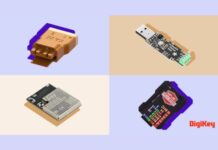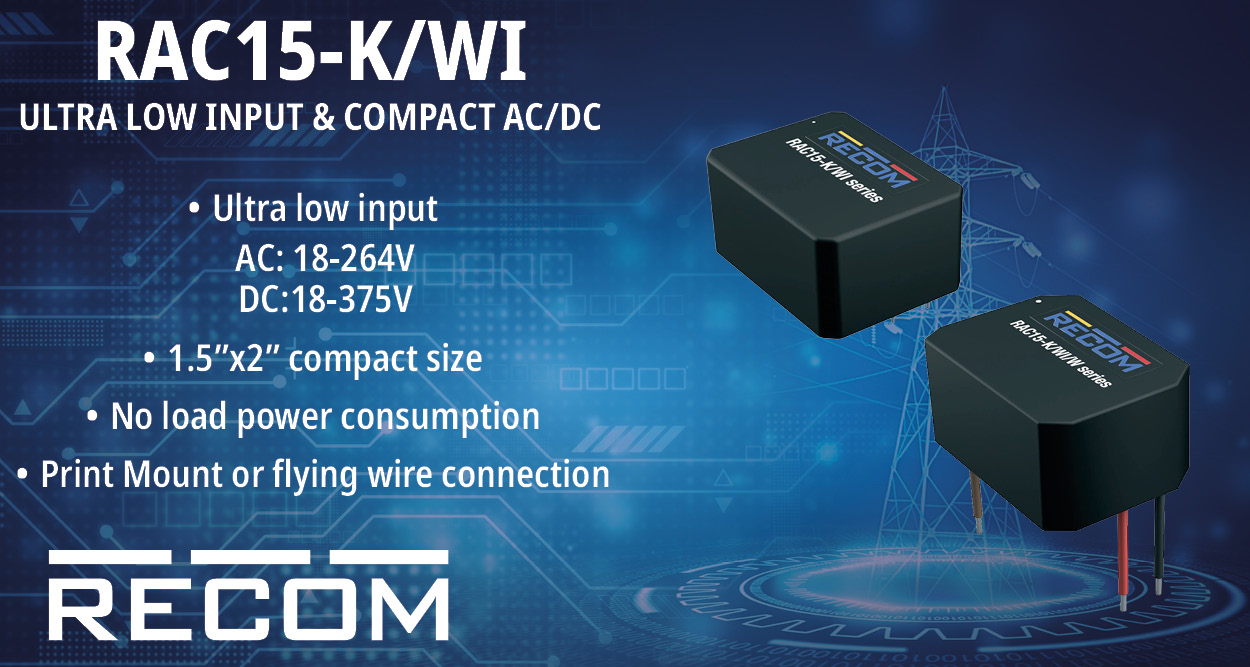Septentrio, part of Hexagon, pushes the limits of GNSS¹ positioning technology by unveiling mosaic-G5 modules, its smallest GNSS receivers yet, measuring only 23 mm by 16 mm and weighing as little as 2.2 grams. The ultra-compact form factor and reduced power consumption of mosaic-G5 receivers enable reliable, high-accuracy positioning without compromises in performance for commercial UAVs, robots, and many other size and power-constrained industrial high-volume applications. The high-performance GNSS technology provides enhanced positioning availability even in challenging environments where GNSS signals are degraded or obstructed.
“We are excited to further extend and strengthen our highly successful mosaic module family. The new receivers answer the growing demand for precise and reliable positioning and GNSS heading in high-volume drone and robotic applications,” explained François Freulon, Director of Product Management at Septentrio.
The mosaic family’s broad product portfolio allows users to choose the receiver that best fits their specific needs. Entry-level, high-performance positioning is offered by triple-band mosaic-G5 P1, which is ideal for high-volume applications such as inspection drones or robotic mowers. The quad-band mosaic-G5 P3 and the triple band heading module mosaic-G5 P3H bring strong positioning reliability in challenging environments and are tailored for applications such as delivery or light show drones. Moreover, the mosaic-G5 P3H module can calculate heading with a uniquely small distance between two GNSS antennas (known as baseline), enabling use cases such as accurate navigation of small autonomous devices.
The new modules complement the mosaic product line, where the renowned mosaic-X5 receiver remains as the benchmark for world-leading GNSS open signal anti-jamming and anti-spoofing² resilience in a small form factor.
Similarly to mosaic-X5, the new modules are compatible with widely used, open-source autopilots such as PX4 and ArduPilot, reducing development time and complexity. The evaluation kit, called mosaic-go G5, simplifies testing with direct autopilot connections, while the free RxTools user interface assists with the setup and evaluation process.
Samples of the new mosaic-G5 P1, mosaic-G5 P3, and mosaic-G5 P3H modules are now available, with volume orders available for delivery later this year.
Meet our GNSS experts and see these newly launched receivers for yourself during Xponential in Houston, USA, May 19 – 22, at Booth #2615. For more information about mosaic-G5 or other Septentrio products, please contact the Septentrio team.
¹ Global Navigation Satellite System including the American GPS, European Galileo, Russian GLONASS, Chinese BeiDou, Japan’s QZSS and India’s NavIC. These satellite constellations broadcast positioning information to receivers which use it to calculate their position.
2 Jamming is a form of radio interference which occurs when the GPS signal is overpowered by other radio waves, resulting in accuracy degradation or even total loss of position. Spoofing is a malicious form of radio interference, where misleading signals are sent to the receiver, resulting in faulty positions being output by the receiver.

















